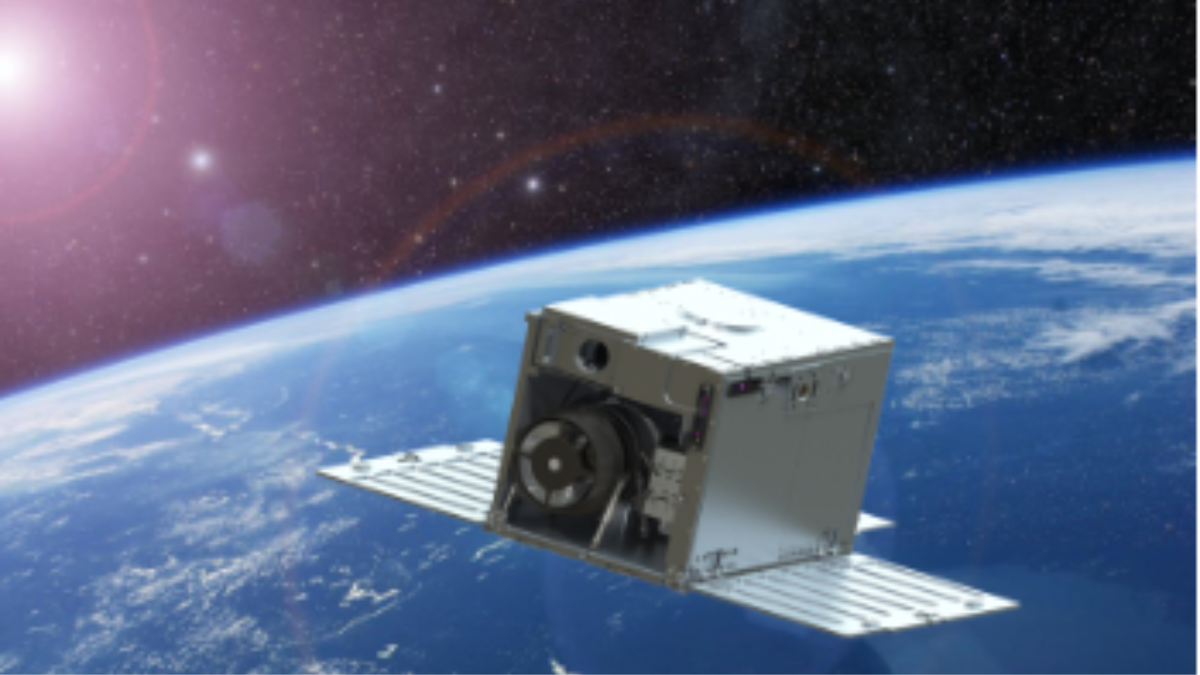NASA mission includes newly built satellite to be built at the University of Colorado Boulder

BOULDER, Colo. (KRDO)-- NASA’s James Webb Space Telescope (JWSP) will soon be getting a satellite sidekick and its new home will be at none other than the University of Colorado Boulder.
Following an $8.5 million space mission titled “Monitoring Activity from Nearby Stars with UV Imaging and Spectroscopy,” or MANTIS, the project will oversee the design and execution of a "CubeSat" or mini-satellite at the Laboratory for Atmospheric and Space Physics (LASP) at the University of Colorado Boulder.
The moniker comes from the mantis shrimp–a crustacean kwon for its powerful punches and even more incredible eyesight. According to officials with CU Boulder, the MANTIS spacecraft will observe the night sky in the full range of ultraviolet light.
That includes an energetic form of radiation called extreme ultraviolet (EUV) light.
CU Boulder officials state the spacecraft will aid the JWSP in its mission to explore the atmosphere of “exoplanets” beyond the Earth's solar system.
“MANTIS will observe volatile psychics of stars burning dozens of light-years from Earth, including as they eject huge bursts of energy in the form of flares. Data from the craft will complement Webb’s own observations of exoplanets, helping scientists piece together the conditions that could make these worlds habitable—or not,” states Briana Indahl, a research scientist at LASP and principal investigator for the MANTIS mission.
MANTIS is scheduled to launch in 2026 and will spend about a year collecting data.
CU Boulder officials state the Italian Space Agency and Pennsylvania State University will be technical partners as the mission is underway.
For more details about the new satellite and the MANTIS project, you can visit the link here.


